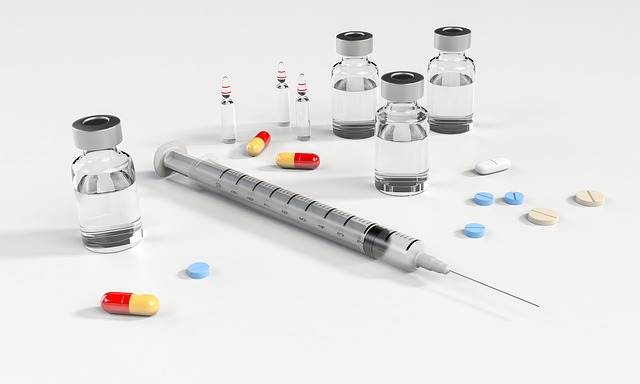An interesting article titled “Effect of Submucosal Injection of Tramadol on Postoperative Pain After Third Molar Surgery,” written by Iqbal et al. appears in the 2019 edition of the Journal of Oral and Maxillofacial Surgery. The article discusses the effectiveness of using tramadol for pain control after removing impacted lower wisdom teeth.
In the article the authors conduct a study using 60 patients who presented for lower wisdom tooth removal in Mangalore, India. Patients were randomized into either group A or group B, 30 patients in each, in the double blinded study (both the patient and surgeon were unaware of the groupings). Those in group A received 1 mg/kg of tramadol diluted with 1 mL of saline solution and those in group B received 1 mL of saline solution both immediately after suturing. The injection was slowly administered into the the mucosa around the extraction socket after 2 negative aspirations using a 26-gauge needle. All patients were also given a tablet of 50-mg of diclofenac along with a prescription for more tablets and told to take it when their visual analog pain scale score exceeded 4. All patients had their surgery performed early in the morning and stayed at the location where surgery was performed until after taking their diclofenac tablet to record the time and number of pills taken. The authors calculated the Pederson difficulty among both groups and found it to be nearly equal (not statistically significantly different). Patients were asked to record their pain scores using the visual analog scale from 0 to 10 with increasing pain at each of 0.5, 1, 2, 4, 6, 12, 24, and 48 hours after surgery.

The authors found that pain increased up until 6 hours after surgery. The average time the patients in group A that received tramadol took the first tablet of diclofenac was 3.23 hours after surgery and the average time the patients in group B that did not receive tramadol took the first tablet of diclofenac was 1.97 hours after surgery, which was a statistically significant result. The average number of diclofenac tablets was reported by group A as 6.67 and group B as 8.23, which was a statistically significant result. The authors say that the results show that the average duration of analgesia in the tramadol group was longer than the group that did not receive it. Further it was found that the visual analog scale pain scores were significantly lower in group A than in group B, which was statistically significant at 0.5, 1, 2, 4, and 6 hours after surgery. Further the peak pain score for group A occurred after 4 hours with a score of 2.4 and the peak pain score for group B occurred after 2 hours in group with a score of 4.9. The authors state
“The overall outcomes of our study show that submucosal injection of tramadol has a significant effect on postoperative pain control after surgical extraction of impacted third molars [wisdom teeth]…”
The authors mention two other studies that showed tramadol prolonged the duration of anesthesia and reduced the amount of analgesics taken after surgery, although these were not for dental surgeries. They also mention that tramadol has less potential for side effects than using something like ibuprofen with oxycodone. It is important to note however that tramadol is an opioid and it’s mechanism of action is unknown. The authors noted that no significant complications were observed among any of the 60 patients in the study.
